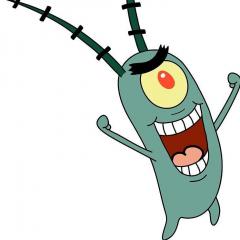Contributor of Pic to identify various diseases
-
Topics
-
Latest Update
-
0
Looking for UV
Hi, looking for UV steriliser Pls msg me if you have any for sales -
-
0
WTS:Zetlight A8 UFO, 90W
WTS:Zetlight A8 UFO, 90W used for abt 1year $200 include full set original mount collection Kembangan Wa 98231072 从我的 iPhone 发送,使用 Tapatalk -
1
-
1
WTS live sand and rock
All sand and rock taken. For those who missed out, i have another tank to decomm in January, will post again. thanks all!
-







Recommended Posts
Join the conversation
You can post now and register later. If you have an account, sign in now to post with your account.